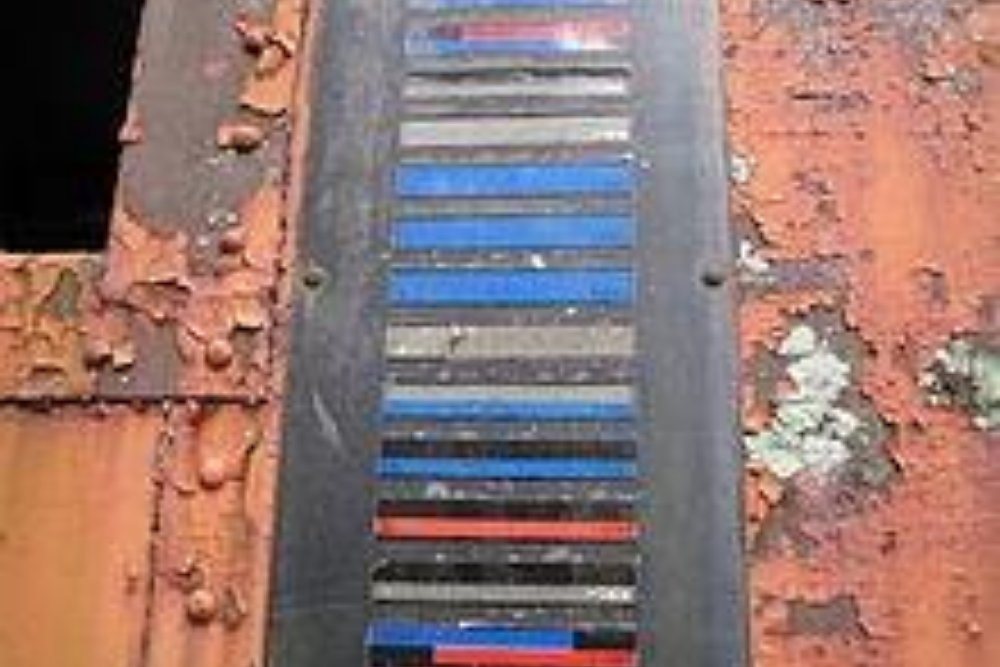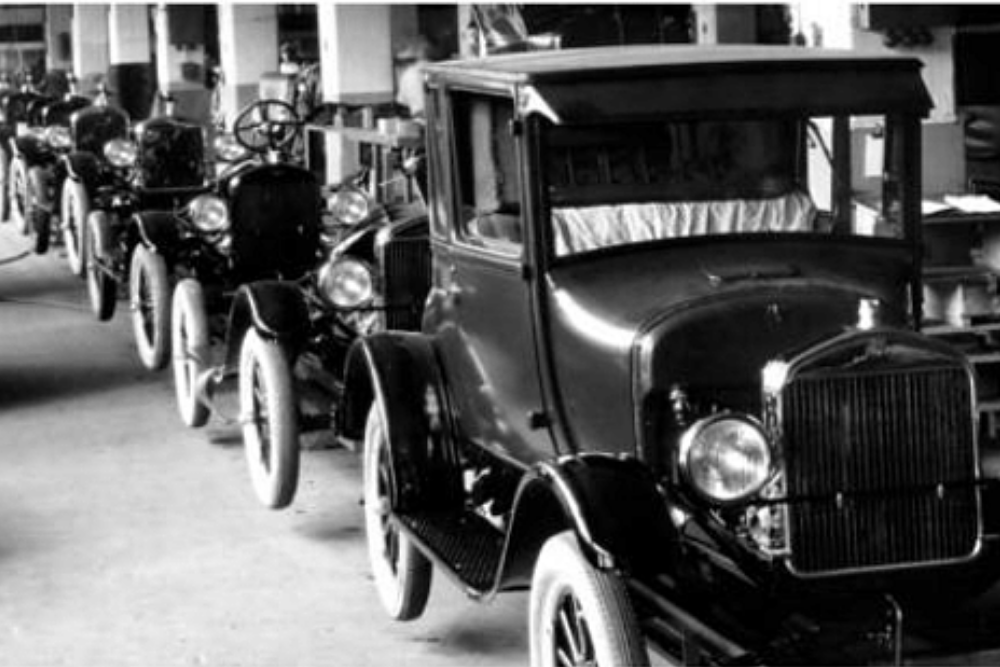How to automate human tasks without creating robots
Steven Manifold2024-03-26T16:26:21+00:00As manufacturing facilities re-start around the world, it’s clear several efficient operating practices that are almost universally adopted will be somewhat reversed, certainly in the short-term, possibly longer. Take ‘just-in-time’ or lean manufacturing for example; made famous by Toyota and popular since the 70’s, manufacturers will need to rethink their supply chains to reduce exposure to potentially disruptive events. As an opinion piece in the FT succinctly put it this weekend; more ‘just-in-case’ than


